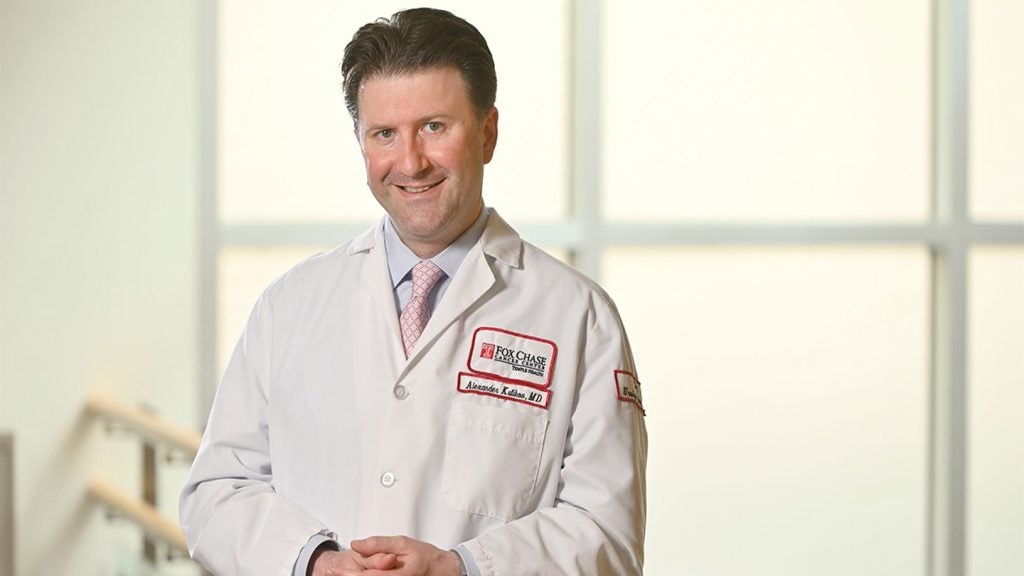Clean hands are the most important factor in preventing the spread of pathogens and antibiotic resistance in healthcare settings. Proper hand hygiene reduces the incidence of healthcare-associated infections because the hands of healthcare workers can transmit pathogens that cause nosocomial infections.
While I feel blessed to be alive and am responding well, many other patients have not been so fortunate; the Centers for Disease Control in Atlanta, Georgia, USA, estimate that nearly two million patients in the USA catch a nosocomial infection in hospital each year. Between 90,000 and 105,000 patients die each year from these infections.
PROFESSIONAL BEHAVIOUR
While most healthcare workers are no different from any other group of people, the unfortunate truth is that most people simply do not wash their hands as often as they should, or even as often as they say they do.
The American Society for Microbiology conducted a survey to find out how often people told the truth about their handwashing habits.
See Also:
Of over a 1,000 people surveyed across the USA, 95% said they always washed after using a public restroom. However, when observing people in public restrooms almost one third of the people did not wash their hands.
How well do you really know your competitors?
Access the most comprehensive Company Profiles on the market, powered by GlobalData. Save hours of research. Gain competitive edge.

Thank you!
Your download email will arrive shortly
Not ready to buy yet? Download a free sample
We are confident about the unique quality of our Company Profiles. However, we want you to make the most beneficial decision for your business, so we offer a free sample that you can download by submitting the below form
By GlobalDataSo, with the general public struggling to wash their hands after going to the bathroom, it is easy to see that some healthcare professionals carry the same attitudes and behaviour into their professional lives. "Physicians and nurses have been documented repeatedly to not wash their hands properly," says Dr William Jarvis, chief of the CDC hospital infections programme’s investigation and prevention unit. "At best, it is 40% of the time that we recommend that they should wash their hands that they really do."
If clinicians would only make more widespread use of hand hygiene products, they would be able to promote patient safety and prevent infections, because there is substantial evidence that hand hygiene reduces infections.
PIONEERING SPIRIT
What is particularly frustrating is that handwashing and proper hand hygiene are not new concepts – they have been common knowledge since the mid-19th century. The experiences of two physicians, Dr Ignaz Semmelweiss and Dr Joseph Lister, helped to establish the importance of proper hand hygiene.
Semmelweiss noticed that deaths were more numerous among women attended by doctors and medical students than among women attended by midwives. At the time it was common for a doctor to move from one patient to the next without washing their hands. They would also move from performing an autopsy on a diseased body to examining a living person without washing their hands.
Semmelweiss ordered that hands be washed in a chlorine solution before each examination. Mortality rates among women attended by doctors and medical students dropped from almost 20% to just over 1%.
Influenced by Semmelweiss’s work, Lister went a step further. He found that spraying instruments, surgical incisions and dressings with a solution of carbolic acid made a difference in infection rates.
He also required surgeons in his employment to wear clean gloves and wash their hands before and after operations with a 5% carbolic acid solution. His work changed the face of infection control.
FEMININE TOUCH
So how can the rate of handwashing in healthcare workers be increased? There is a story of a school where a number of 12-year-old girls were beginning to use lipstick and would apply it to their lips in the school bathroom. After putting lipstick on, the girls would press their lips to the mirror leaving dozens of little lip prints. Every night the caretaker would remove the lipstick smears from the mirrors and the next day the girls would kiss the mirror again.
Finally, the principal called the girls to the bathroom with the caretaker. She explained that the lip prints were causing a major problem for the caretaker. She then asked the caretaker to show the girls how much effort was required. The caretaker dipped a brush into the toilet and scrubbed the mirror with the brush. Since then, there have been no lip prints on the mirror.
In a similar fashion, all healthcare workers must be brought together and motivated to make a change. They need to be encouraged to wash their hands to prevent infections in the healthcare setting.
COMPLIANCE MEASURES
One way of doing this is for institutions to formalise a nosocomial infection prevention training programme. In a recent article, Dr Dennis G Maki and Dr Christopher J Crnich indicated that: "Healthcare workers need to receive more effective training in nosocomial infection control."
To provide more effective nosocomial infection control training, it must be recognised that healthcare workers are generally not compliant with recommended hand hygiene practices.
One study found that healthcare workers that were placed in an alcohol gel hand-rubbing group were more compliant than the ones required to wash with soap and water. Compliance with hand rubbing was markedly lower among the nurses who had more than three years’ experience of hospital practice.
Both hand rubbing and hand washing compliance were poorer among nurses working in intensive care units than among nurses working in the other hospital wards. Generally, after taking off their gloves, nurses preferred handwashing to hand rubbing.
Healthcare institutions need to be able to effect a transformational change in behaviour, but before this can occur, a fundamental change has to occur in beliefs and attitudes. This resistance to change may explain why in 2005 a large percentage of healthcare providers still do not practise acceptable hand hygiene, and the pain of childbirth continues to be extolled by some as a necessary part of womanhood, just as pharmacologic pain relief is discouraged.
In one study, one researcher recorded 1,400 potential opportunities for handwashing during 15-minute observation periods. The average duration of handwashing was ten seconds. Most healthcare workers (99.%) used liquid soap during handwashing, but 79.8% did not dry their hands.
For all indications, compliance with handwashing was 31.9% and compliance with glove use was 58.8%. Compliance with handwashing varied inversely with both the number of indications for hand hygiene and the number of patient beds in the hospital room. Compliance with handwashing was better in dirty, high-risk situations. The conclusion of this study was that compliance with handwashing was low, and that there was a need for new motivational strategies.
Some institutions are mandating that healthcare workers wear badges with: "Ask me if I washed my hands" or "I am a clean machine." Many nurses have expressed outrage that they are requested to wear these badges – they don’t like being looked on as being dirty by their patients. However, these types of programmes create many opportunities for feedback from patients that can reinforce good hand hygiene.
Current theory suggests that the most effective messages for health promotion behaviour should be framed in terms of gains rather than losses for the individual. However, as clinical hand hygiene is largely for the benefit of patients, messages should also invoke a sense of personal responsibility and appeal to altruistic behaviour. The uses of repeated minimal fear appeals have their place. Posters that simply convey training messages have been found to be ineffective.
THE BIG QUESTION
Why don’t healthcare workers wash more often? Many healthcare workers report the following reasons for poor adherence with proper hand hygiene:
- Belief that handwashing agents, particularly alcohol gels, cause irritation and dryness
- Sinks are inconveniently located
- Lack of soap and paper towels
- Not enough time
- Understaffing or overcrowding
- Patient needs taking priority
- Lack of knowledge of guidelines
- Forgetfulness
Disagreements with the recommendations were also self-reported factors for poor adherence with hand hygiene.
Many nurses believe that the time required to leave a patient’s bedside, go to a sink, and wash and dry their hands before attending to the next patient is a deterrent to frequent handwashing or hand antisepsis. Somehow we need to be able to change this mindset.
The following are some suggestions for improving compliance:
- Select an alcohol-based hand rub that has a good skin tolerance and is acceptable to healthcare workers
- Alcohol gel needs to be easily available – wall dispensers near the patient and pocket bottles may help – pocket bottles can be kept in a pocket or clipped to a belt
- The teaching and promotion of hand hygiene is the most effective tool, but costs time and money
- Create a hospital budget that covers all the costs involved with preventable nosocomial infection and combine it with the budget for hand hygiene products – even a small number of prevented nosocomial infections will outweigh the cost of effective hand hygiene products
- Choose senior staff to be product champions, they need to set a good example to motivate junior staff – negligence in hand hygiene correlates with years in the profession
- Make sure that the patient-staff ratio is well balanced, staff shortages lead to decreased hand hygiene compliance
Constant exposure to hand hygiene promotions in a hospital will help healthcare workers remember the importance of good hand hygiene and develop the mindset to always be compliant with the guidelines for one of the first lessons taught during medical training: "First, do no harm".







